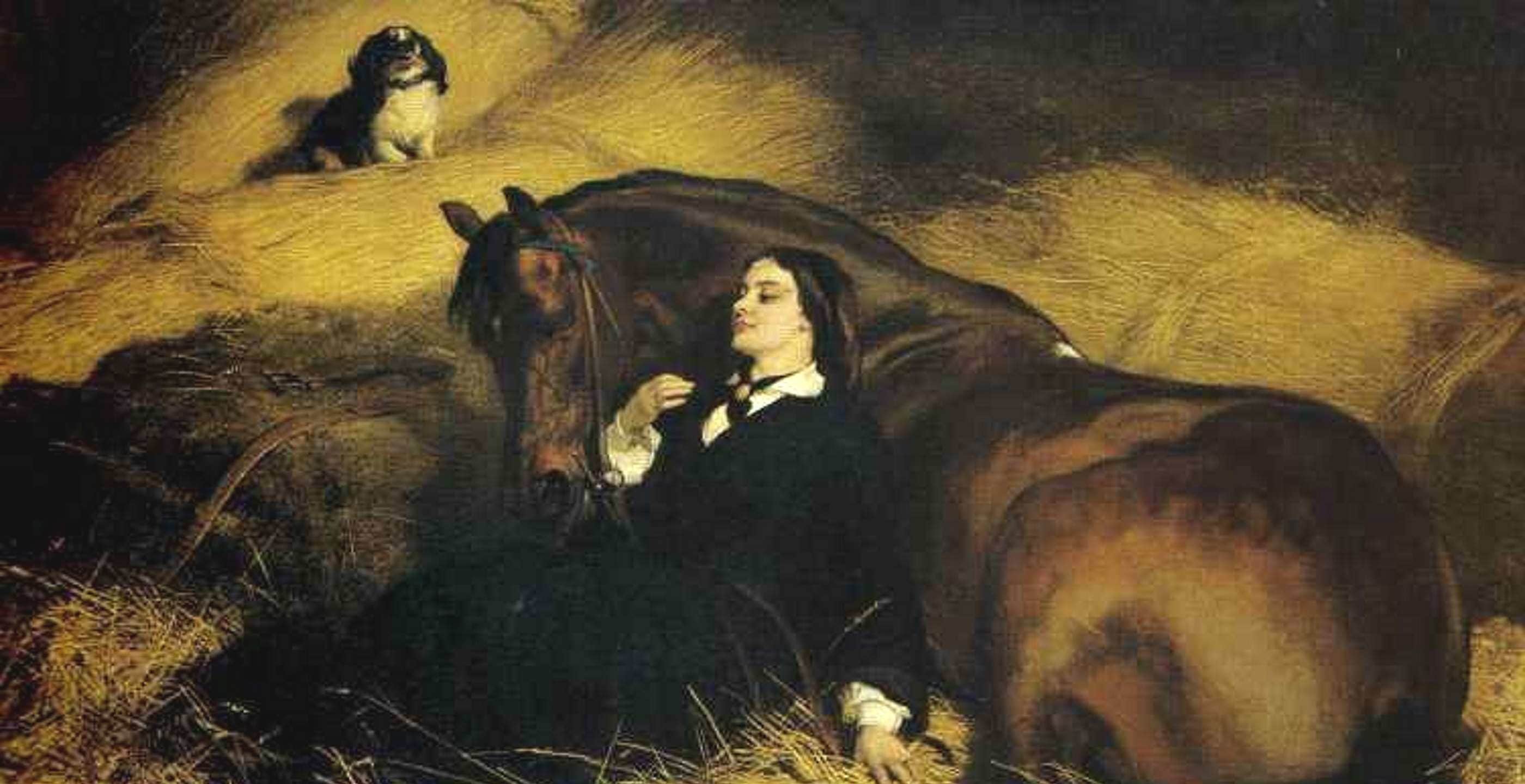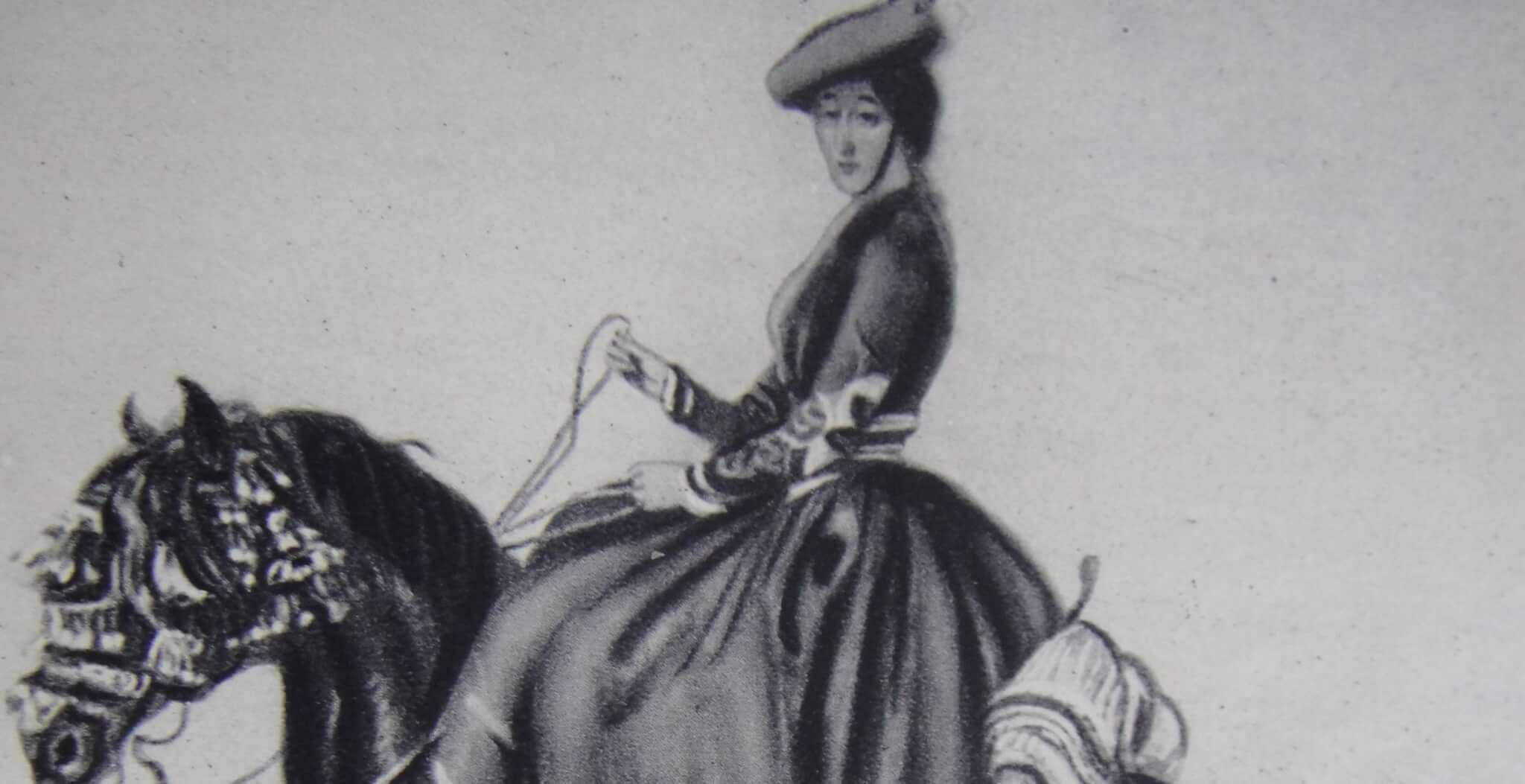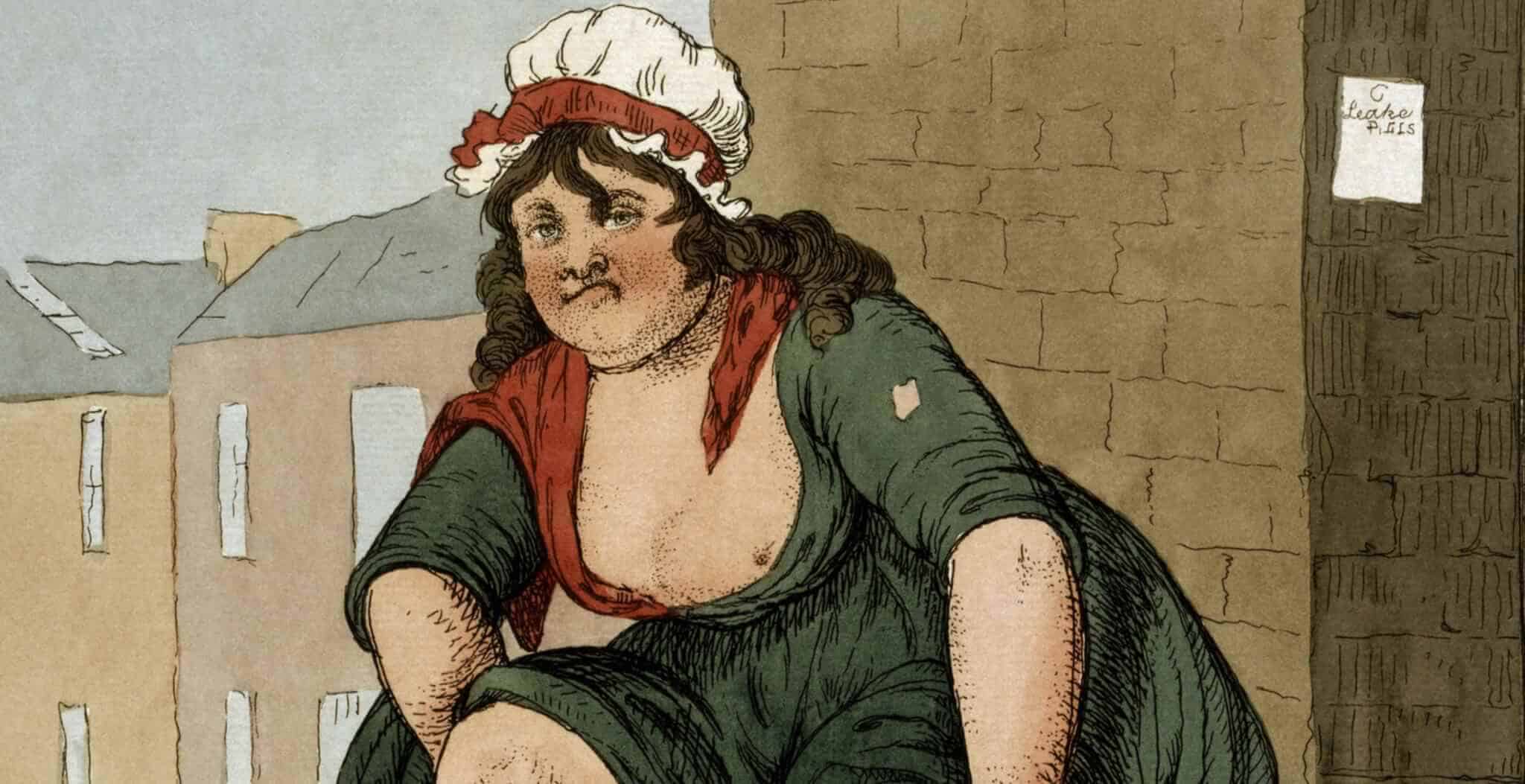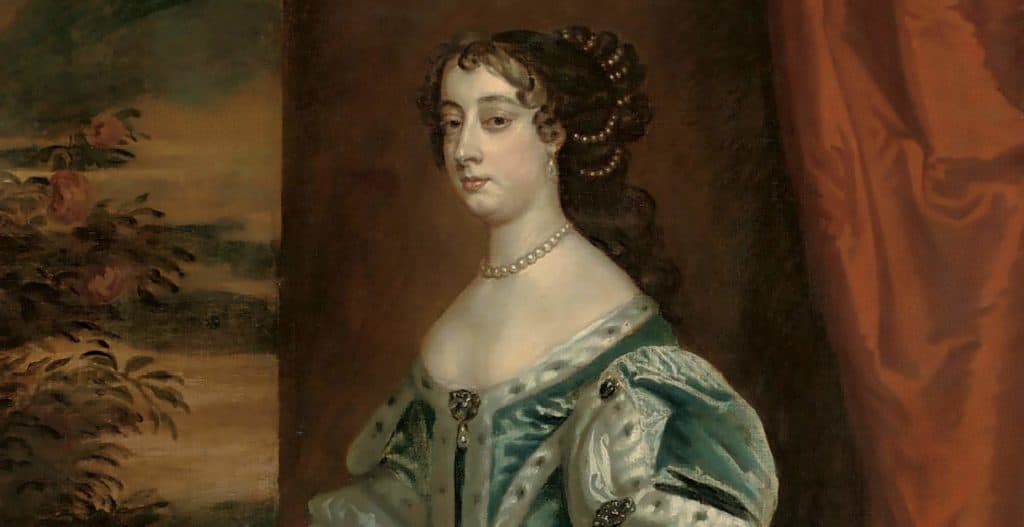They called her Skittles, and she certainly bowled them over. Catherine Walters, also known as the last Victorian courtesan, was born in Liverpool on 13th June 1839. Her father worked as a customs official on the docks in Liverpool – sometimes he is described as a sea captain, but there seems to be little real evidence for that. In fact, there’s quite a bit of obscurity around Catherine’s origins, though her life became very well documented later on.
One story tells that she gained her nickname from time spent setting up the skittles in a pub called the Black Jack Tavern near the Liverpool docks. Another version says that during the course of an argument she threatened to knock her tormentors about like skittles. Her intimates and admirers knew her as Skitsie, and after she moved to London they included some very eminent Victorians indeed.
She was pretty, with large blue-grey eyes and chestnut hair; she was quick-witted and lively and had a warmth that appealed to everyone. She also had a great docklands vocabulary and didn’t hold back from using it on anyone she thought was pretentious. She wouldn’t be the first girl from the provinces to try her luck in the big city, but she would certainly be one of the more successful ones.
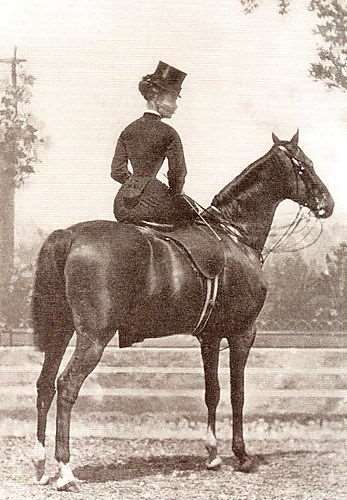
It was her skill on horseback that enabled Skittles to reign over London society in the 1860s, and one of the greatest mysteries is how the girl from Henderson Street, Liverpool, became such a superb equestrienne. One suggestion is that that her family moved to Tranmere, where her father kept a public house, and the Cheshire Hunt met there, enabling the young Catherine to ride with the hunt. Skittles certainly had a passion for hunting that lasted as long as she was fit and strong enough to follow the hounds.
Another version had her working as a circus bare-back rider. Skittles became the subject of several biographies after her sensational arrival amongst London’s demi-monde (the circle of courtesans who were considered to be outside respectable society, yet who frequently consorted with the elite). This makes it difficult to separate the facts of her life from some of the details added for effect.
Some of the early biographies describe her at London’s most popular nightspots such as The Argyll Rooms (“the ‘Gyll”), drinking, and dancing that shocking dance the polka. The gardens at Cremorne were also a popular pick-up spot for Londoners, with plenty of sideshows, music, and shady groves and grottoes. However, Skittles realised that it was all too easy to fall into an existence on the streets as a prostitute, and she had greater ambitions for her life.
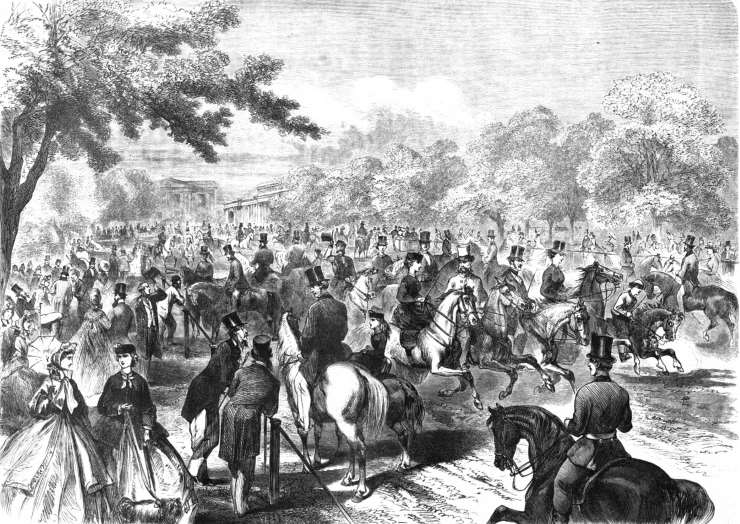
Hyde Park’s Rotten Row offered her a unique opportunity, thanks to her riding skills. The Hyde Park parade, during which London’s wealthy and fashionable citizens displayed themselves on horseback or in horse-drawn carriages, took place every day during the season.
The first woman ever to ride in Rotten Row was Mary Stuart-Wortley, later Mary Dundas, in the early 1800s. Her outspoken views and independent behaviour earned her the nickname “Jack” Wortley before her marriage to the Right Hon. William Dundas, a member of parliament. Mary Stuart-Wortley seems to have been the trend-setter for women to appear riding side-saddle in the row.
Now, in the 1860s, members of the demi-monde were also parading along Rotten Row on horseback, and what’s more, it was sometimes impossible to distinguish them from the members of high society. They were equally well-dressed in fashionable clothes, and rode superb horses. Skittles struck up an acquaintance with the owner of a livery stable, which gave her access to quality horses and beautiful carriages. The livery owner paid for expensive riding habits for her, which were so close-fitting that she wore nothing underneath them.
Skittles was really a living advertisement for the livery stable, not yet quite a “pretty young horse-breaker”, which was the name by which the courtesans on horseback were known. (The late equine historian Anthony Dent once described them more bluntly as “little better than a mounted tart”.)
It wasn’t long though, before she was catching the eye of everyone and getting some useful publicity in the press and elsewhere. A young poet, Alfred Austin, satirised the Rotten Row phenomenon in his poem “The Season”:
With slackened rein swift Skittles rules the Row.
Though frowning matrons champing steeds restrain,
She flaunts propriety with flapping mane.”
When Skittles inevitably made her first serious conquest, she did it in style. Her catch was Spencer Compton Cavendish, Lord Hartington, also known as “Harty-Tarty”, heir to the Dukedom of Devonshire.
Later that same year, 1862, her place at the head of London’s fashionable world was confirmed by a letter in The Times describing the impact of the traffic-stopping “Anonyma”, who was holding up people trying to get to Kensington for the Exhibition.
The letter was from a prankster called James Mathew Higgins, who was fond of writing to the press under various pseudonyms and even replying to himself under different names. This one was signed simply “H” and described how all the duchesses and countesses aped “Anonyma’s” fashions, even down to the pork pie hat. “Meanwhile, thousands returning from the Exhibition are intolerably delayed by…this pretty creature and her pretty ponies.”
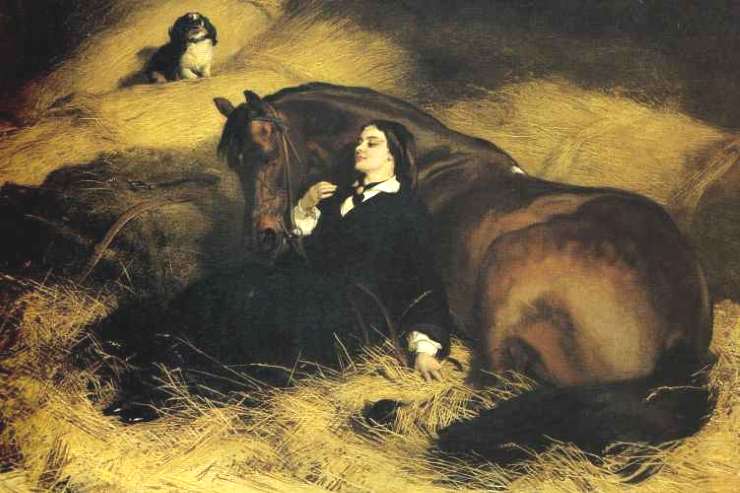
Then, her name became associated with Edwin Landseer’s painting “The Shrew Tamed”, which was so clearly a portrait of a pretty horsebreaker that everyone called it that anyway. The model was not Skittles, though very similar in looks.
The girl from Henderson Street was now living in Mayfair, waited on by servants, and with a life settlement of a substantial sum of money. This was important, because the future Duke was unlikely to marry her, however much he paraded her boldly at the Epsom Derby.
When inevitably, her relationship with Hartington ended, Skittles made her way to the spa town of Ems, where she became briefly involved with a young married man from Co. Down called Aubrey de Vere Beauclerk. They fled to America. Beauclerk’s marriage was later the subject of one of the most notorious divorce cases of the time.
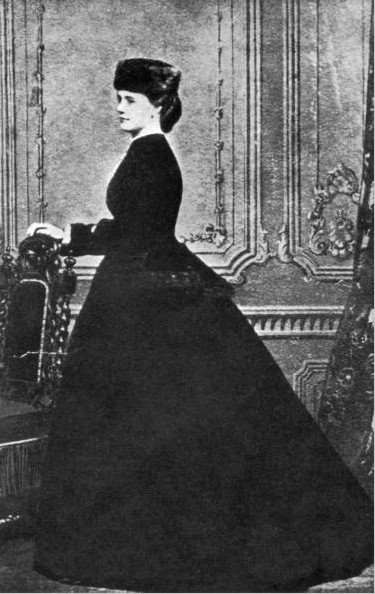
Skittles was sometimes known as the ‘girl with the swansdown seat’, not for her lightness in the saddle, but because she had a lavatory seat covered in swansdown. When her house was up for auction after her fling with Beauclerk, her critic Sir William Hardman took a great deal of pleasure in writing to a friend about the curious spectators who thronged through her rooms so they could admire “le cabinet with its seat padded with swansdown”.
Catherine’s biographer Henry Blyth comments that the “stalwart conservative” Hardman was “glad to see Catherine’s seat come under the hammer”, along with the drawing-room decorated in shades of scarlet and the dining-room with golden cupids.
Skittles moved to Paris where she became the lover of the French financier and political advisor Achille Fould. She was as big a hit in France as she had been in London. While in Bordeaux she made possibly her most notable conquest, one that would be much discussed and referenced in many books. Her love affair with diplomat and poet Wilfrid Blunt captivated him so completely that although their sexual liaison was brief, he never forgot her. They retained their friendship until her death, and it was Wilfrid who arranged her burial in the Franciscan cemetery at Crawley.
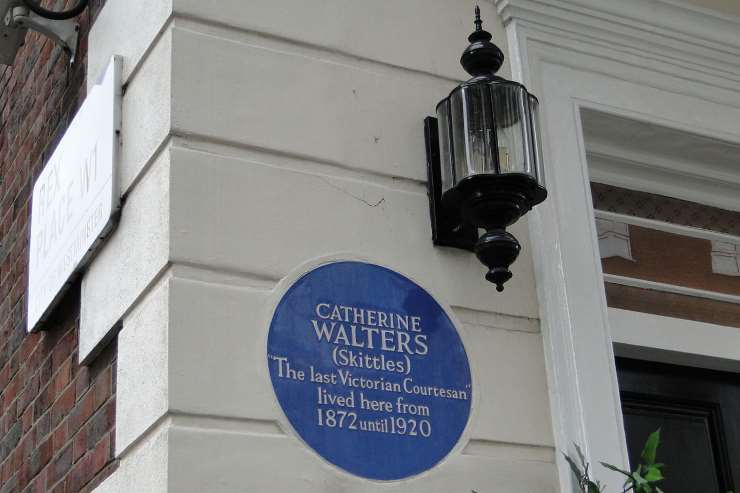
Earthy, sensuous, talkative Skittles is the subject of Blunt’s poem “Esther”. She continued to captivate men as she aged (her last lover was Gerald Le Marchant de Saumarez, twenty years her junior) and ride to hounds for as long as she could. When she could no longer do that, she briefly took up the new fashion for roller skating.
Skittles was also a friend of Bertie, the Prince of Wales, although there is some debate about whether she was ever his lover. Gladstone regularly attended tea parties at her house, causing gossip, though there was nothing secret about Gladstone’s interest in “saving fallen women”. Skittles was never that, in any case. Men admired her for her discretion, warmth and earthiness, and she appears to have been completely at ease with herself.
Miriam Bibby BA MPhil FSA Scot is a historian, Egyptologist and archaeologist with a special interest in equine history. Miriam has worked as a museum curator, university academic, editor and heritage management consultant. She is currently completing her PhD at the University of Glasgow.
